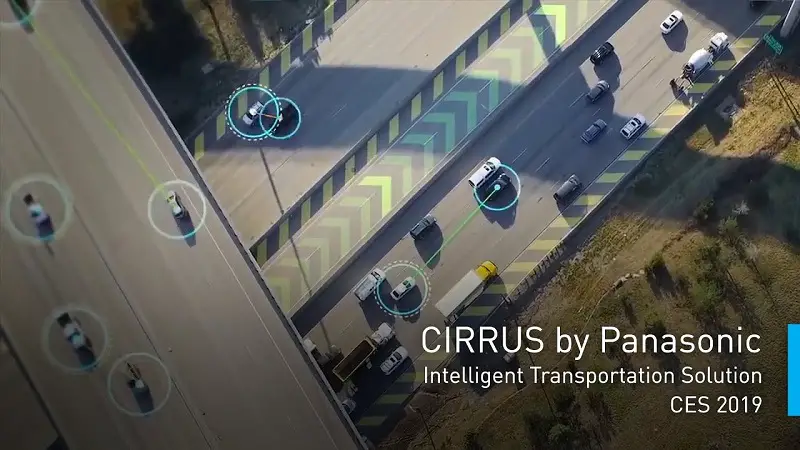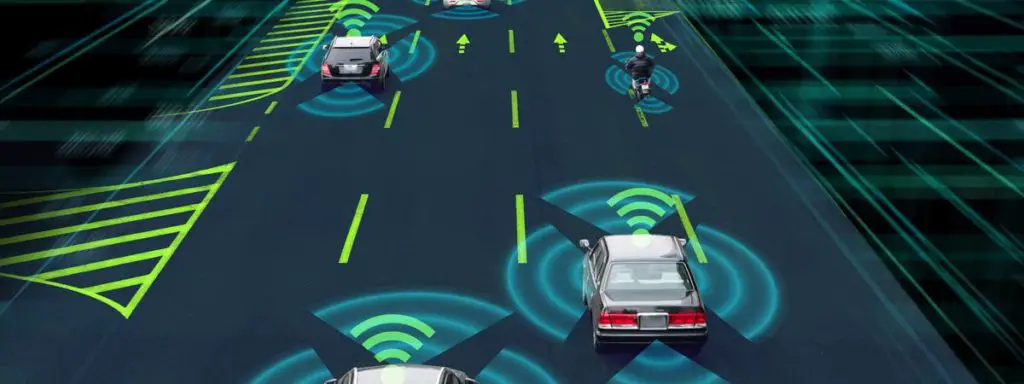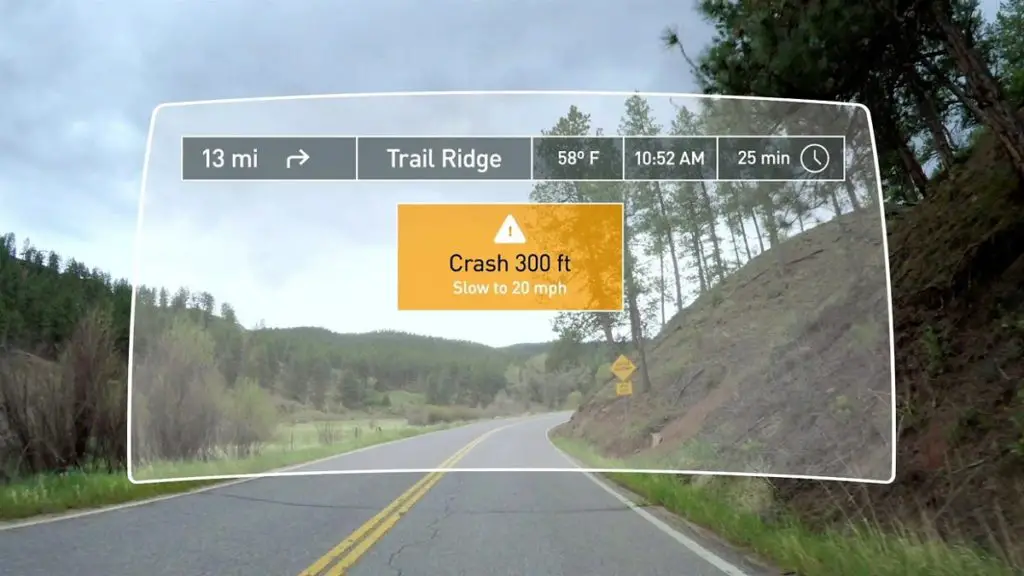Panasonic recently unveiled new technology that just might save your life and improve mobility on the road.
The company’s CIRRUS Vehicle-to-Everything (V2X) platform shares data between vehicles, roadways, and traffic managers in real-time.
This early, transportation experts predict the platform will reduce accident rates, improve productivity, lower emissions, and ease traffic congestion.
Talking Cars, Talking Curbs
The system works through digital tags installed in cars and roadway sensors. The tags allow “connected vehicles” to share internet access – and hence data – with other devices.
Panasonic executives say the CIRRUS platform provides local
authorities with a grid through which they can monitor and access real-time traffic
and vehicle data.

Traffic managers overseeing the CIRRUS V2X network would be able to alert drivers about trouble ahead – a construction zone, perhaps, or a traffic jam.
“By creating a connected transportation system – an ‘internet of vehicles’ – drivers and traffic managers will receive real-time information about road conditions, such as traffic delays, icy conditions, and crashes,” the company said in a statement.
Fasten your seatbelts, please
Panasonic has already started deployment of CIRRUS in Utah and Colorado, where Panasonic engineers and state authorities have installed tags in seatbelts and roadside infrastructure.
Blaine Leonard, an engineer at the Utah Department of Transportation, is impressed by how much information CIRRUS gathers just by monitoring how vehicles respond to road conditions.
The temperature gauge of a vehicle – along with the slippage of its wheels – will provide authorities the exact location of the ice on the road, Leonard says.
“So we can send that as a message to be displayed on the dashboard of a subsequent vehicle,” Leonard adds.

Last year, Colorado installed 100 receivers and equipped 94 vehicles with the new CIRRUS V2X technology. Plans to go further are currently on hold pending an evaluation by the state’s new administration.
Still, the Colorado Department of Transportation expects CIRRUS to increase roadway efficiency by as much as 400 percent with widescale deployment.
And that is without the expense of widening roadways and adding lanes.
Your connected car will be arriving soon
Panasonic will feed data collected from these two experiments into machine-learning programs. The company says the programs will create algorithms that are even better at predicting hazardous roads and changing traffic conditions.
The company’s engineers say CIRRUS will soon have the capability to collect the data and send it out through dedicated short-range communications or by cellular-based V2X technology.
They believe auto manufacturers will soon install one or the other method of wireless communication in all cars.
Are you ready for your connected future?
Watch the video below for more on Panasonic’s CIRRUS V2X
technology.






